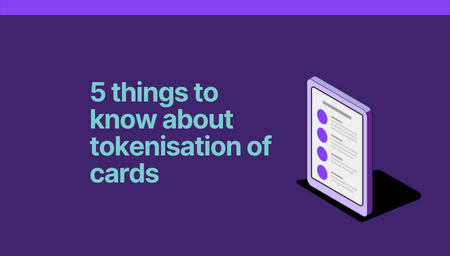Stop-loss orders are like standing instructions to your broker - when a stock reaches your stop-loss price your buy/sell order gets placed. It’s like an alarm that helps you trade within your limits. And is one of the best risk management tools that traders use to restrict heavy losses. While you may be familiar with how to set a stop loss, you may want to know at what level to place one. To help you decide, here are 6 different ways to set your stop-loss level
- By a fixed amount
That’s the max amount you can afford to lose on a trade. Let’s say you buy a stock at ₹100 and can’t bear a loss of over ₹10 per share. You’ll set your stop-loss at ₹90 - By a fixed percentage
That’s the maximum % you can afford to lose on a trade. Let’s say you buy a stock at ₹100 and can’t bear a loss of more than 5%. You’ll set your stop-loss at ₹95
- By chart levels
The most common way to set a stop-loss based on support and resistance levels - By swing highs & lows
Similar to the previous one, set your stop-loss at lows or high of the week, month or even year!
- By time
Let’s say a stock doesn’t perform as per your expectation in a certain time period, you exit it. The time could be a day (for a day trader) or a week (for a positional trader).
- By trailing method
A method of revising an existing stop loss. Here you move your stop loss as per the movement of stock in your favour; for e.g. if the stock moves up 50 pts., you raise the stop loss by 50 pts.
Stop-loss helps you end that toxic relationship with a stock where you’re constantly expecting something from it but end up heartbroken💔



